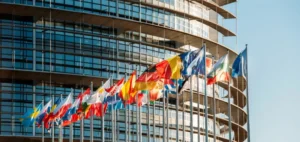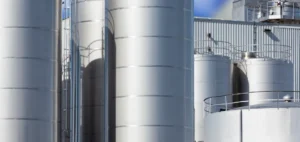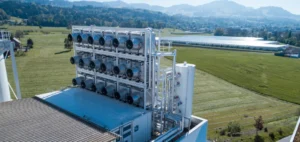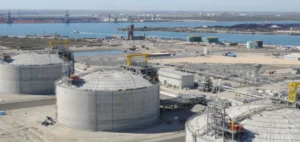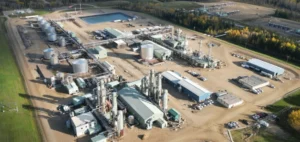Texas is emerging as a central player in the carbon value chain in the United States, with over $10bn committed to the capture, utilisation, and storage of carbon dioxide. The state is leveraging its existing oil infrastructure, pipeline network, and a subsurface rich in geological formations to build a new energy industry around carbon management.
A federal context favourable to investment
The adoption of the One Big Beautiful Bill Act (OBBBA) in 2025 redefined the economic conditions for carbon management in the United States. It notably changed the 45Q carbon oxide sequestration tax credit by aligning the fiscal incentives for projects that store carbon and those that use it industrially, whether from direct air capture (DAC) or industrial point sources.
This reform significantly reduces the profitability gap between different technologies and strengthens the appeal of hybrid projects. For states with dense industrial bases and suitable geological formations, it opens the door to swift mobilisation of capital and industrial players.
Infrastructure and underused geological reservoirs
Texas already has 2,325 miles (about 3,740 km) of CO₂ pipelines, accounting for over 40% of the national network. This provides a strategic logistical advantage in linking emitters to storage or utilisation sites. Additionally, the state produces 367mn tonnes of CO₂ annually, concentrated around the industrial hubs of Houston, Corpus Christi, Dallas-Fort Worth, Austin, and San Antonio.
Geologically, the state holds more than 1.6bn tonnes of estimated CO₂ storage capacity in depleted oil reservoirs and deep saline aquifers. These reservoirs are considered proven containment solutions with relatively low operational costs. Regulatory progress is also advancing: in June 2025, the Environmental Protection Agency (EPA) proposed approval of Texas’s application for primacy over Class VI underground injection wells, facilitating future project deployment.
Large-scale industrial projects
Among recent investments, Occidental Petroleum is building a $500mn DAC facility in the Permian Basin, designed to capture 500,000 tonnes of atmospheric CO₂ annually. ExxonMobil has completed the $1.9bn acquisition of the 1,300-mile Denbury CO₂ pipeline network. The company is also developing a $7bn blue hydrogen complex in Baytown, integrating hydrogen production and the capture of over 7mn tonnes of CO₂ per year.
These investments mark a structural shift in the strategic direction of the Texan energy sector, which is now integrating carbon management into its economic model.
Long-term economic outlook
Available projections suggest that Texas could attract between $12bn and $94bn in cumulative carbon management investments by 2050. The overall economic impact under the same scenario is estimated between $24bn and $182bn. These figures include tax revenue, income from voluntary carbon markets, and job creation.
The development of this industry could generate up to 211,000 jobs by 2050, depending on adoption levels. These positions would span the entire value chain: engineering, infrastructure construction, industrial hub operations, and technology production for carbon capture and utilisation.












